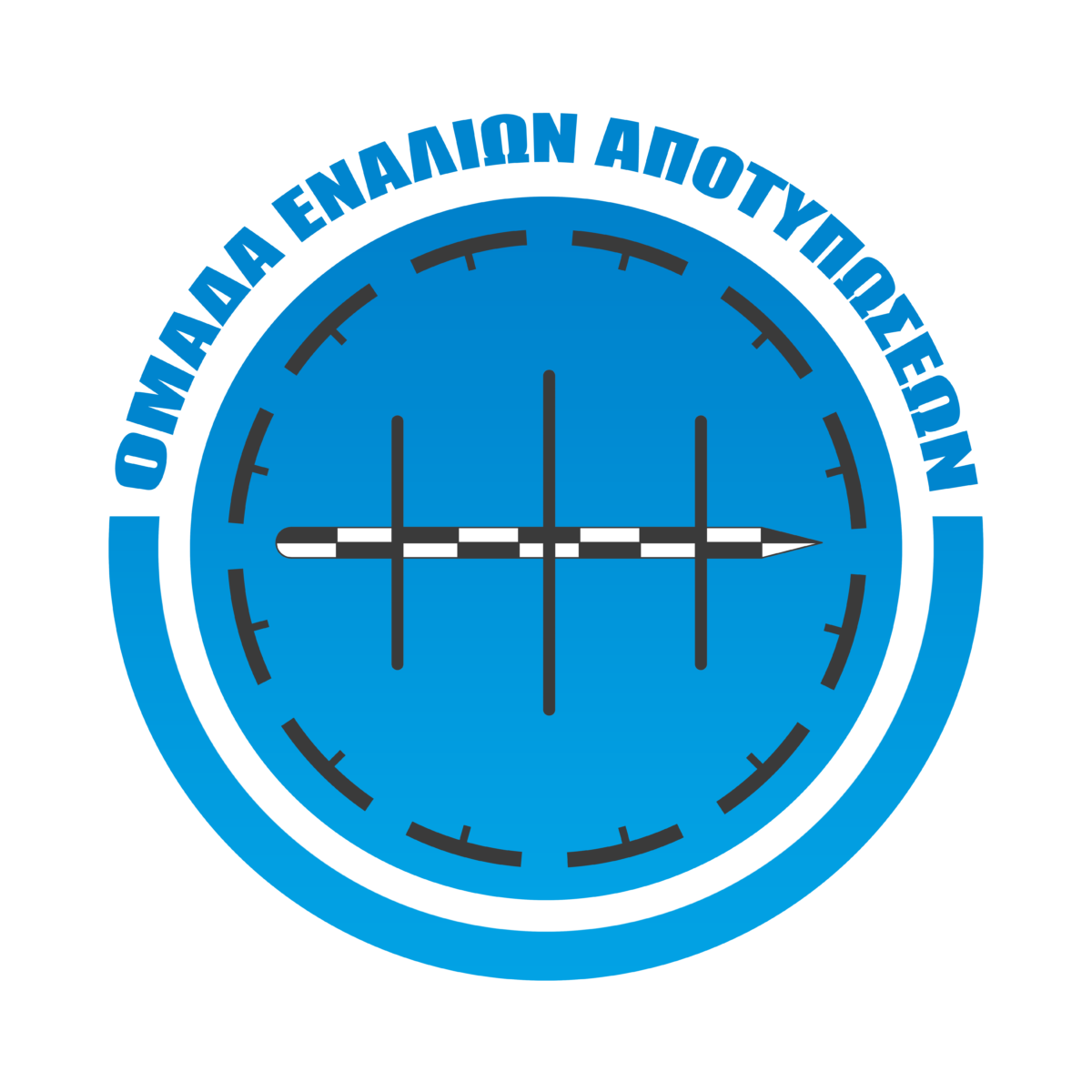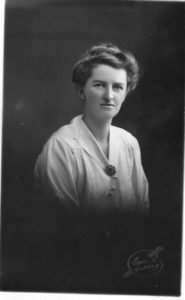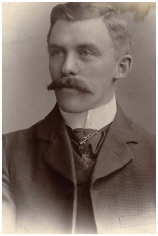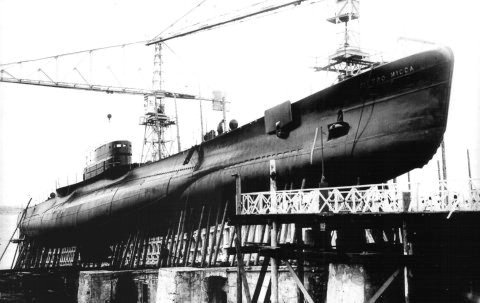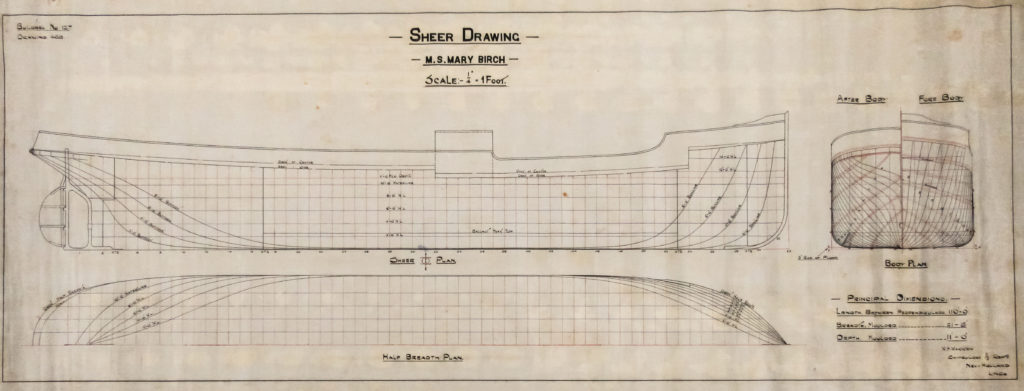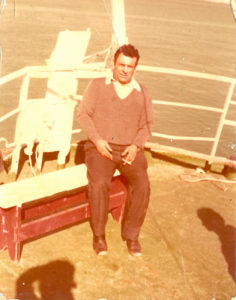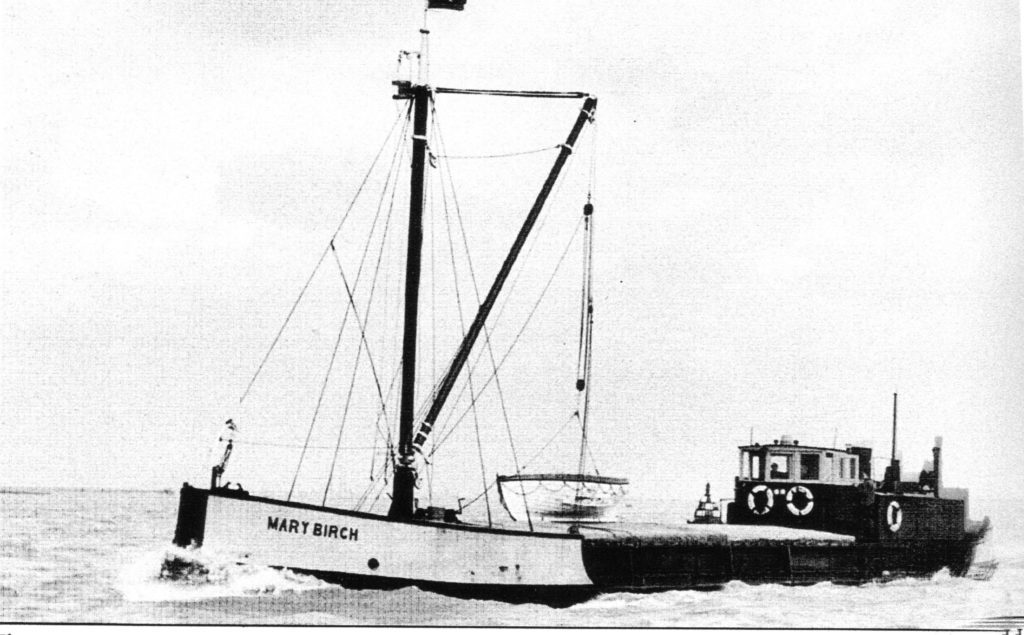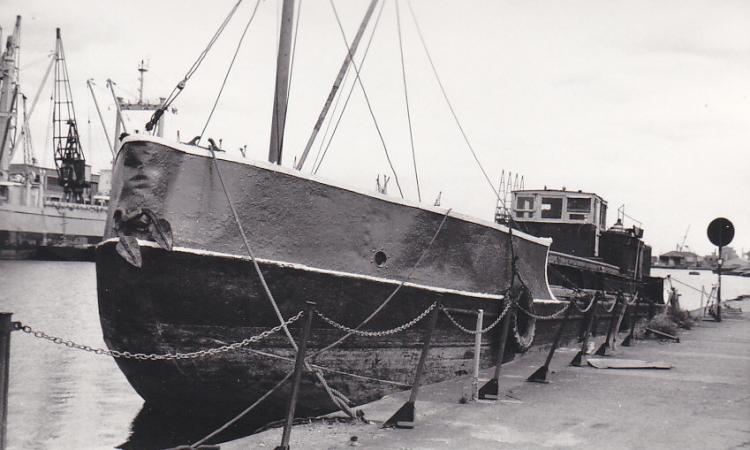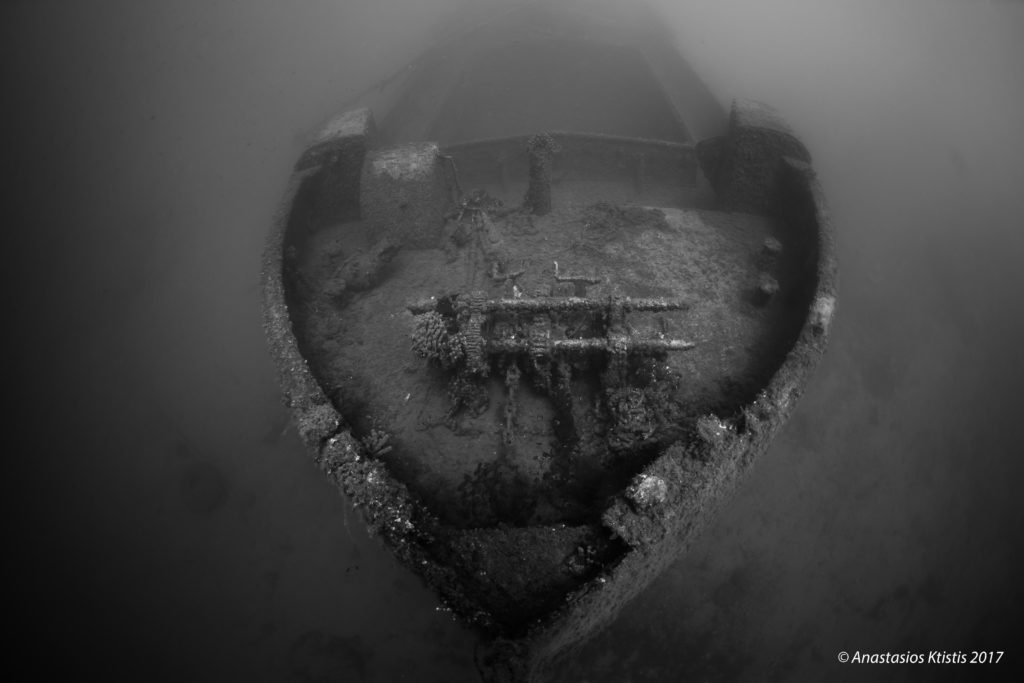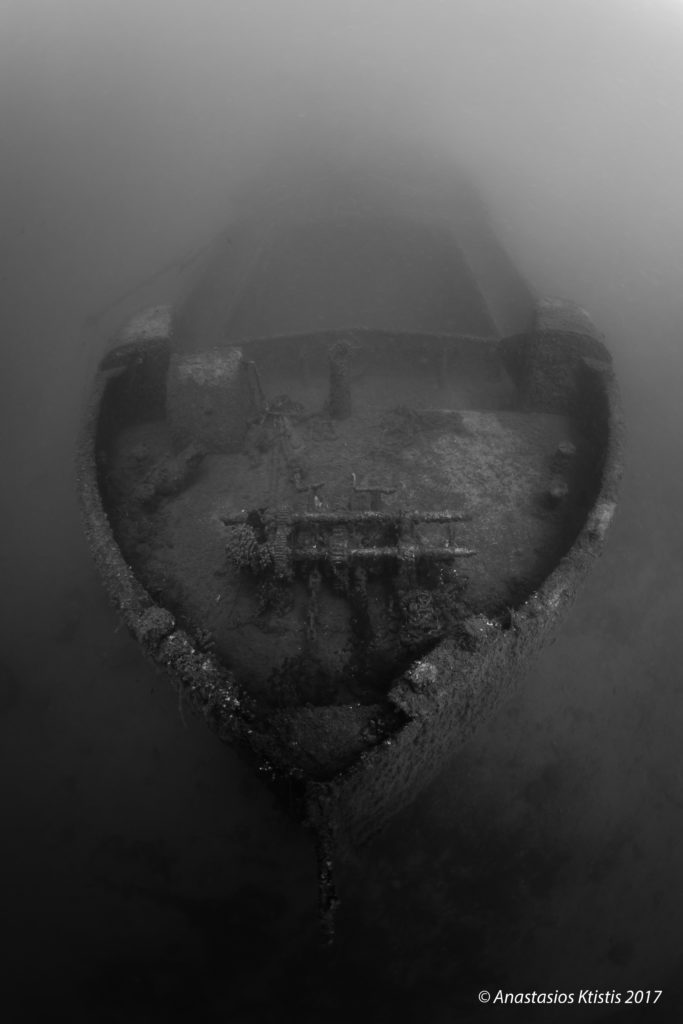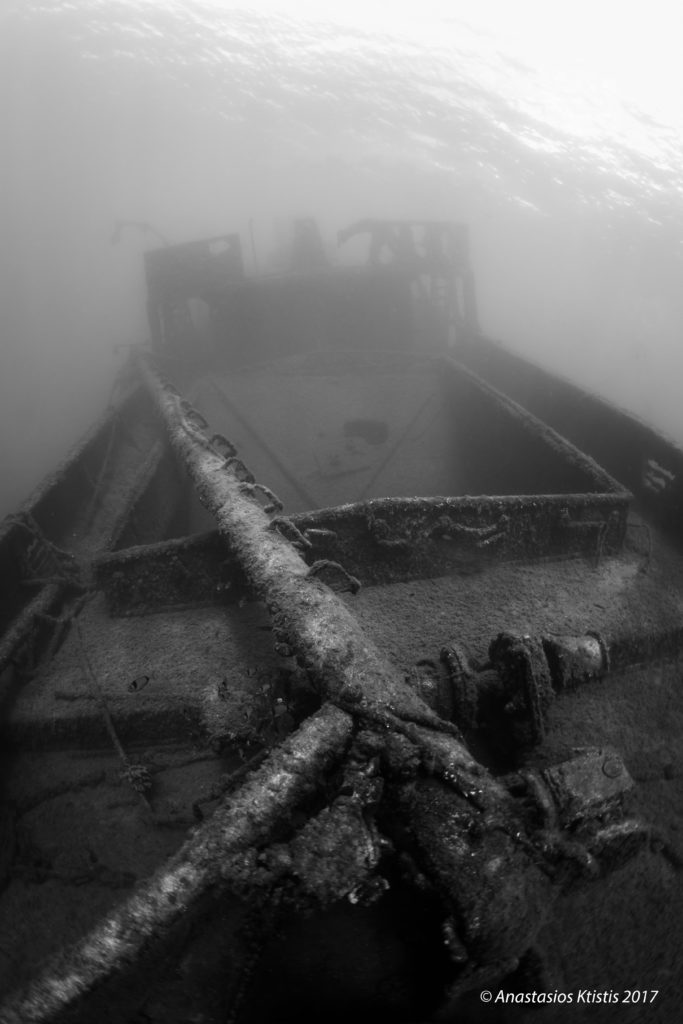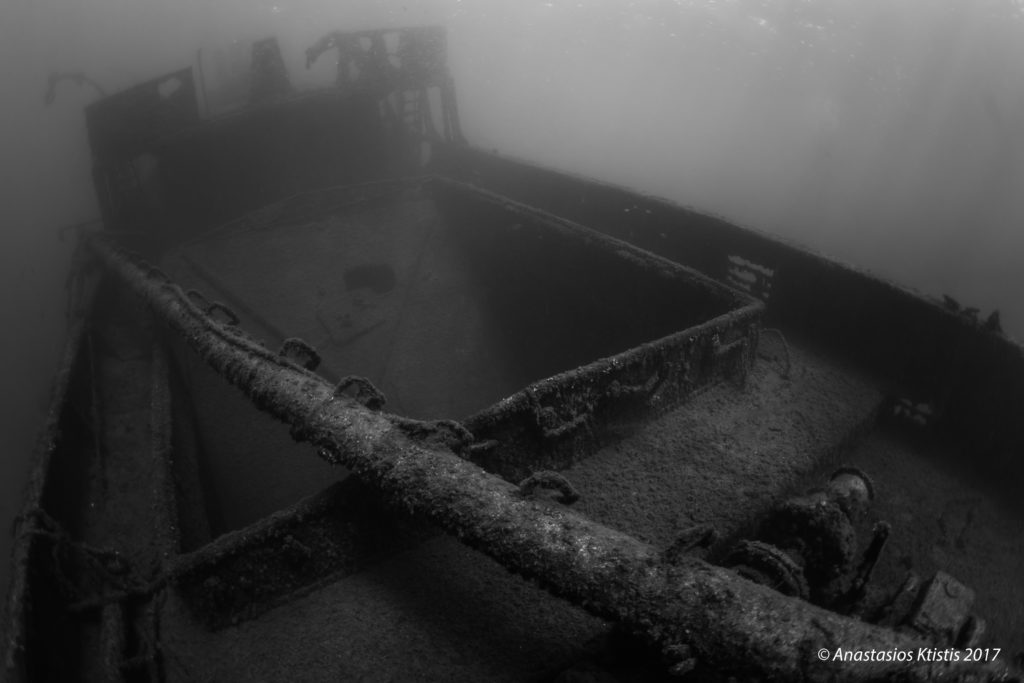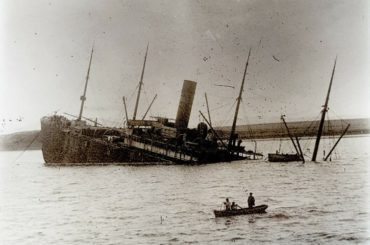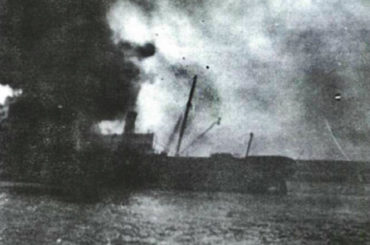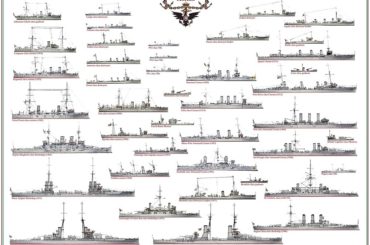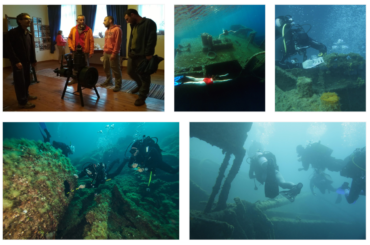The MARY BIRCH was built at the Warrens New Holland Shipyards in 1917 by the Birch family. It was named after George Birch Junior’s wife, Mary.
Mary Birch (Source: Margaret Johnson Collection)
In 1899, George Birch Senior realised that transporting the raw materials produced by the family business was cheaper by ship than by train. Shipping from Hamburg to Spalding, for example, cost up to 25% less than transporting the same freight by rail from Hull to Spalding. The family business of trading corn, cereals and animal feed flourished throughout the first two decades of the 20th century, creating a need for cheaper transportation solutions. George Senior died in 1915, but George Junior took over and founded the B.W. Steamship Tug & Lighter Co. Ltd. [1].
George Birch Junior (Source: Margaret Johnson Collection)
So, he began building and purchasing ships in the ensuing years in order to transport goods to Middle Eastern markets where the family business operated successfully. The ship remained in the family’s possession until 1925, when it was sold to an Italian company L. Martini and named the CESARE.
In 1933, it was acquired by Ferrando & Massone of Genova, and in 1939, renamed the VINCENZO DORMIO by Ditta Giuseppe Dormio of Monopoli (Bari). During WWII, it served as a minesweeper. It was the first vessel to reach the crew of the submarine PIETRO MICCA, after its sinking. It safely transported them to the port of Santa Maria di Leuca [2].
Pietro Micca (Source: http://conlapelleappesaaunchiodo.blogspot.gr)
After the war, it was sold in 1964 to Karanikolaou and Vamparis and renamed KALI TYCHI [or “Good Luck”]. It was later sold to Athanasios Koutsogilas, who was also a captain on 7/25/1975 when it sailed on its final fateful journey.
Source: Kingston Upon Hull City Council
The vessel, commanded by its owner and operated by a five-member crew, had sailed to Volos on the east coast of mainland Greece to transport 230 tons of iron in bundles and rails to Heraklion on the island of Crete. After loading, it left Volos at 01:30 hrs on the 24th July 1975. The weather was clear at the time of departure and after a two-hour sail it reached the channel out of the Pagasitikos Gulf, about 1.5 nautical miles from Trikeri bay. At around 3:45 hrs, the ship started listing to port. It was soon realised that Hull No.2 was flooding. The alarm was sounded and the ship’s pumps immediately switched on. However, they proved to be ineffectual and the water level kept rising. To save the ship, the captain changed course and headed for the coast of Agia Kyriaki, Trikeron. Arriving at 05:00 hrs on 24th July 1975, they had the good fortune of being able to elicit the help of the crew of the salvage tugboat SAINT GEORGIOS, which happened to be anchored there. However, the water pumps suddenly stopped working. Under the tremendous weight of the iron cargo and the water flooding into the hulls and engine room, the ropes tying the vessel to the dock snapped, and the vessel slipped under the surface. It still lies there today, just a few metres from the dock which saved the crew, but could not save the ship [3].
Athanasios Koutsogilas (Courtesy of Effie Koutsogila)
During research into the MARY BIRCH, a second photo was found in the possession of Mrs. Johnson, a descendant of the Birch Family.
Source: Margaret Johnson Collection
At first glance, this ship appears to be the MARY BIRCH. However, after investigation and consideration of a reference in Keith Seaton’s “The River Welland, Shipping & Mariners of Spalding”, it was revealed that although it was later recovered, this particular vessel sank in the Humber River in 1954, after a collision with the LOCH MOIDART. An investigation of the Lloyd’s Register made it clear that a vessel called the MARY BIRCH was sold in 1925 to L. Martini, but another of the same name was bought by the BW company Steamship Tug & Lighter Co. Ltd. in the same year.
Mary Birch – Cesare – Vincenzo Dormio (Source: Lloyd’s registry 1945)
This ship is the former SWANAGE, which is the vessel of the photo above and also the one that sank in 1954.
Swanage – Mary Birch (Source: Lloyd’s registry 1945)
The SWANAGE was finally broken up for scrap in Queensborough, UK in 1975.
The SWANAGE. (Source: http://www.clydemaritime.co.uk)
References
[1] Keith Seaton (2013), The River Welland, Shipping & Mariners of Spalding. URL: https://www.waterstones.com
[3] Dounis Ch., Shipwrecks in the Greek Seas 1951-2000, Finatec SA, 2001.
[*] Ross J. Robertson is an Australian who has lived in Greece for the past thirty years. He has a BSc (Biology) and is an EFL teacher. He is the co-owner of two private English Language Schools and instructs students studying for Michigan and Cambridge University English Language examinations. He has written various English Language Teaching books for the Hellenic American Union (Greece), Longman-Pearson (UK) and Macmillan Education (UK). He published his debut novel (fiction/humour) entitled ‘Spiked! Read Responsibly’ in 2016. Moreover, he has written several spec screenplays and a number of newspaper articles, including an extensive series on the 75th anniversary of the WWII Liberation of Greece. A keen AOW and Nitrox diver, he is also a shipwreck and research enthusiast and has written features for UK Diver Magazine, US Diver and the Australian newspaper, Neos Kosmos. Ross continues to combine his expertise in English with his love of storytelling and local WWII history to produce exciting materials.
